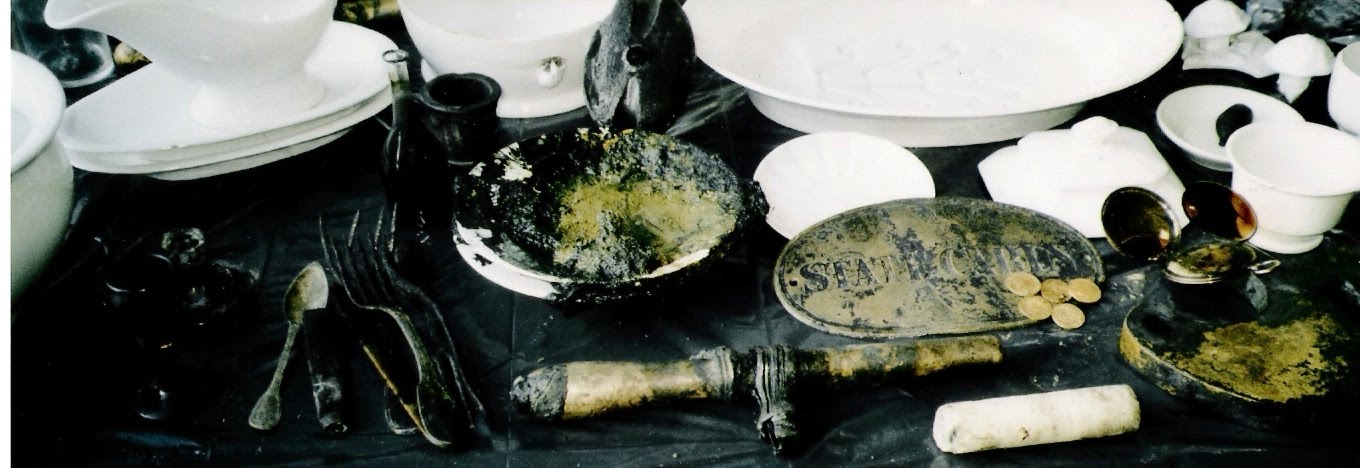By Gary Phillips
When underwater archaeologist Eric Smith goes diving, he’s not so interested in clear water and colorful fish. He’s looking for pieces of history.
Smith, 47, is based in Key West but his search for the ancient traces of mankind have led him around the globe.
They worked in the area to find an ancient sunken city, but first they encountered artifacts of more recent history.
“We had to excavate the remains of a famous sea battle between Napoleon Bonaparte and Admiral Horatio Nelson, which took place over the site, hundreds of years apart,” he said. “So imagine shipwrecks on top of a sunken city. The power of the history there was overwhelming. We carefully worked on that site for a few years.”Smith is still associated with Goddio’s team and also captains a research ship, the Discoverer Kelly Lund, which is based in Key West. Smith said the goal of the team is to share its findings with the world, with a museum display traveling to several U.S. cities in the next two years.“We just opened an exhibit in Philadelphia at the Franklin Institute. It will also go to New York, Chicago, Los Angeles and Fort Lauderdale in about two years,” he said.Besides uncovering lost civilizations, Smith and his colleagues also recover and disarm bombs and other explosives that have been dumped offshore by the military.“The State of New Jersey was doing a beach replenishment and they pumped sand up onto the beach, and some bombs got pumped there, too,” he said. “Even if they don’t explode, they are full of toxic chemicals that can be released into the sea.”His crew developed an oversized metal detector to find the bombs underwater and under several feet of sand.Smith said his next project may be in Korea, salvaging ancient Chinese warships.History of Diving Museum Director Debra Iles said Smith has lectured at the museum annually since it opened in August 2006.
Posted via email from
.jpg)
No comments:
Post a Comment